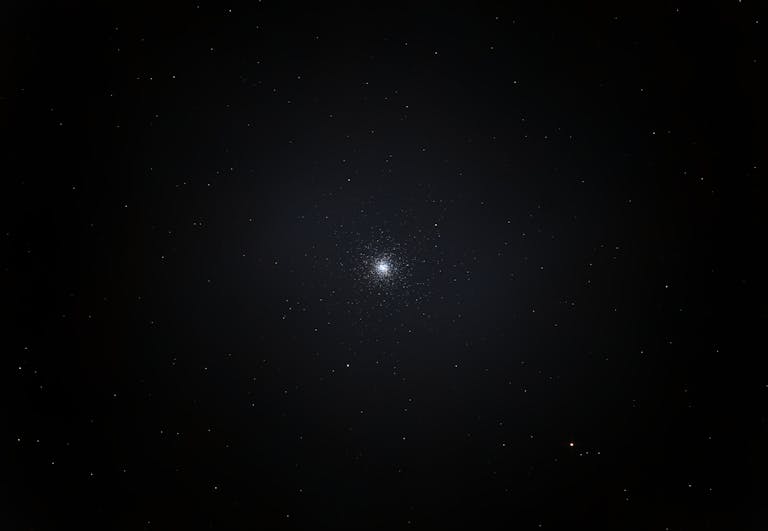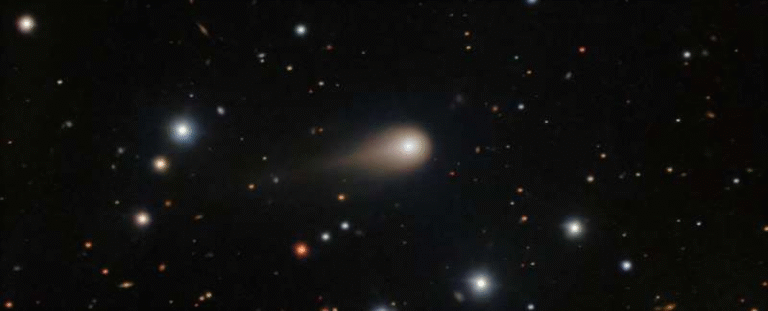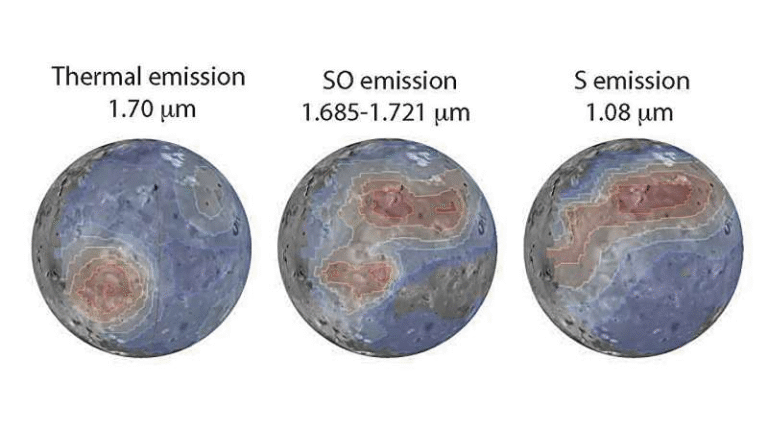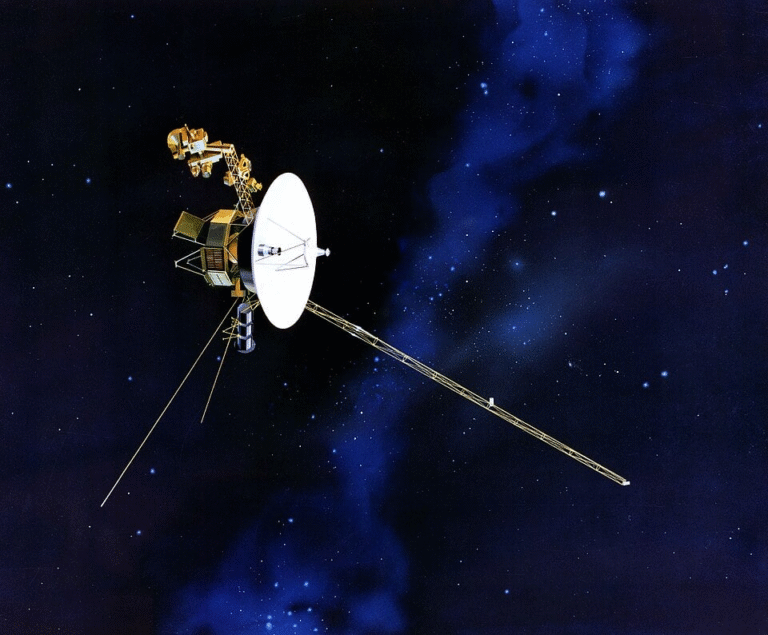Dust from the Far Side of the Moon Reveals Clues About How Water Reached Earth and the Moon

Scientists have made an extraordinary discovery using lunar dust collected by China’s Chang’e-6 mission — the first ever to bring back material from the far side of the Moon, the hemisphere that never faces Earth. The new analysis, published in the journal Proceedings of the National Academy of Sciences (PNAS), found that this moon dust contains rare meteorite fragments known as CI-like carbonaceous chondrites. These tiny particles may hold key evidence about how water and other life-supporting materials were delivered to Earth and the Moon billions of years ago.
What Was Discovered
In June 2024, the Chang’e-6 spacecraft successfully returned nearly 1.935 kilograms of material from the Apollo Basin, inside the South Pole–Aitken (SPA) Basin on the Moon’s far side. From this collection, scientists carefully analyzed two grams of regolith — the layer of loose dust and rock that covers the lunar surface — and made an astonishing find: seven microscopic fragments that appeared to come from meteorites.
These fragments stood out immediately. They didn’t look or behave like native lunar rocks. Instead, detailed chemical and structural analysis revealed they were impact relics, remnants of ancient asteroids that had struck the lunar surface long ago.
How Scientists Identified the Meteorite Relics
The research team, led by Jintuan Wang and colleagues from the Guangzhou Institute of Geochemistry at the Chinese Academy of Sciences, used several advanced methods to confirm the nature of the fragments:
- Microscopic Texture and Structure:
Using high-resolution imaging, scientists observed that the particles had olivine-porphyritic textures — crystalline patterns that form when molten material cools quickly after an impact. - Chemical Composition:
They then measured the ratios of metals such as iron (Fe), manganese (Mn), and zinc (Zn) in the samples. These ratios didn’t match any known lunar minerals, confirming that the fragments likely originated from non-lunar sources. - Isotopic Fingerprinting with SIMS:
To go further, researchers used a Secondary Ion Mass Spectrometer (SIMS) to analyze triple oxygen isotopes in the particles. The isotopic signature matched those of CI-like carbonaceous chondrites, one of the most primitive and volatile-rich types of meteorites in our solar system.
This triple confirmation — structure, chemistry, and isotopic signature — provided solid evidence that the fragments are indeed foreign impactor relics rather than material formed on the Moon itself.
Why CI-Like Chondrites Matter
Carbonaceous chondrites, particularly the CI (Ivuna-type) variety, are some of the rarest and most fragile meteorites known. They are loaded with hydrated minerals, organic compounds, and water-bearing materials — the very ingredients considered essential for the origin of life.
However, CI chondrites rarely survive entry through Earth’s thick atmosphere. Most disintegrate or vaporize before reaching the ground. This means that the meteorite samples scientists collect on Earth are heavily biased toward tougher, less volatile types.
The Moon, in contrast, has almost no atmosphere. Its surface acts as an archive, preserving even the most delicate materials that crash into it. By studying lunar samples, researchers can uncover a truer picture of the types of meteorites that bombarded the Earth-Moon system early in its history.
What the Findings Mean
The presence of these CI-like fragments in far-side lunar dust has several powerful implications:
- More Water-Rich Asteroids Than We Thought:
The results suggest that water-bearing asteroids were much more common in the early solar system than previously believed. Many of them likely struck the Earth and Moon, delivering water and organic molecules that helped create conditions suitable for life. - The Moon as a Time Capsule:
Because the Moon lacks an atmosphere and weathering processes, it preserves a record of ancient impacts that Earth has long erased through erosion, tectonics, and volcanic activity. These preserved traces are invaluable for understanding our planet’s own past. - Reassessing Solar System Models:
The discovery challenges existing models of how volatile materials (like water) were distributed in the early solar system. It indicates that outer-solar-system material — typically found in cold, distant regions beyond Jupiter — may have migrated inward and contributed far more to the inner planets than scientists once thought. - A Broader Mix of Impact Materials:
The study shows that Earth’s meteorite collection is incomplete. Because fragile meteorites don’t survive atmospheric entry, the composition of space materials reaching Earth’s surface doesn’t reflect the full diversity of impactors that actually hit the planet.
The Significance of the Chang’e-6 Mission
The Chang’e-6 mission is one of the most remarkable achievements in recent space exploration. Until now, all lunar samples had come from the Moon’s near side, which constantly faces Earth. The far side presents much greater technical challenges for communication and navigation.
Bringing back material from this unexplored hemisphere allows scientists to study new lunar terrains and compare geological histories between the near and far sides. These differences could reveal much about the Moon’s formation, thermal evolution, and impact history.
The samples from Chang’e-6 — and especially these tiny meteorite fragments — are giving researchers an unprecedented look at the interplay between the Moon and the wider solar system.
Understanding CI Chondrites and Their Role in the Solar System
CI chondrites are thought to be among the most chemically primitive materials in the solar system, dating back over 4.5 billion years. They formed in the cold, outer regions of the early solar nebula and have never melted or differentiated since their formation.
They are composed largely of hydrated silicates, carbonates, and organic molecules, and they contain up to 20% water by weight locked in their minerals. Their chemical makeup closely resembles that of the solar photosphere — meaning they preserve the original composition of the solar nebula from which all planets formed.
Studying them offers a direct window into how Earth’s water and organic matter originated. If such asteroids were more common in the early solar system than we realized, it strengthens the theory that Earth’s oceans and prebiotic ingredients came not just from comets, but also from carbon-rich asteroids.
Remaining Questions and Future Work
While the discovery is groundbreaking, it also raises new questions:
- Are CI-like chondrites widespread across the Moon, or are they concentrated in certain regions such as the South Pole–Aitken Basin?
- How much volatile material did these impacts actually deliver to the Moon — and, by extension, to Earth?
- Can we trace the timing of these impacts to specific periods in the Moon’s history, such as the Late Heavy Bombardment around 4 billion years ago?
Future lunar missions and continued analysis of Chang’e-6 material will help address these questions. Even though scientists examined only two grams of dust so far, the results show that huge insights can come from tiny samples when advanced analytical tools are applied.
Why This Discovery Matters
This finding reshapes how scientists think about the origin of water and life in our solar system. It emphasizes the Moon’s importance as a scientific archive — one that records not only its own geological evolution but also the history of cosmic impacts that shaped Earth.
It also underscores the value of international collaboration and sample-return missions. The combination of lunar geology and planetary science opens a broader understanding of how planets acquire and retain the volatile compounds necessary for habitability.
By studying these ancient, water-rich fragments preserved in lunar dust, scientists are literally piecing together the story of our origins — one microscopic grain at a time.





